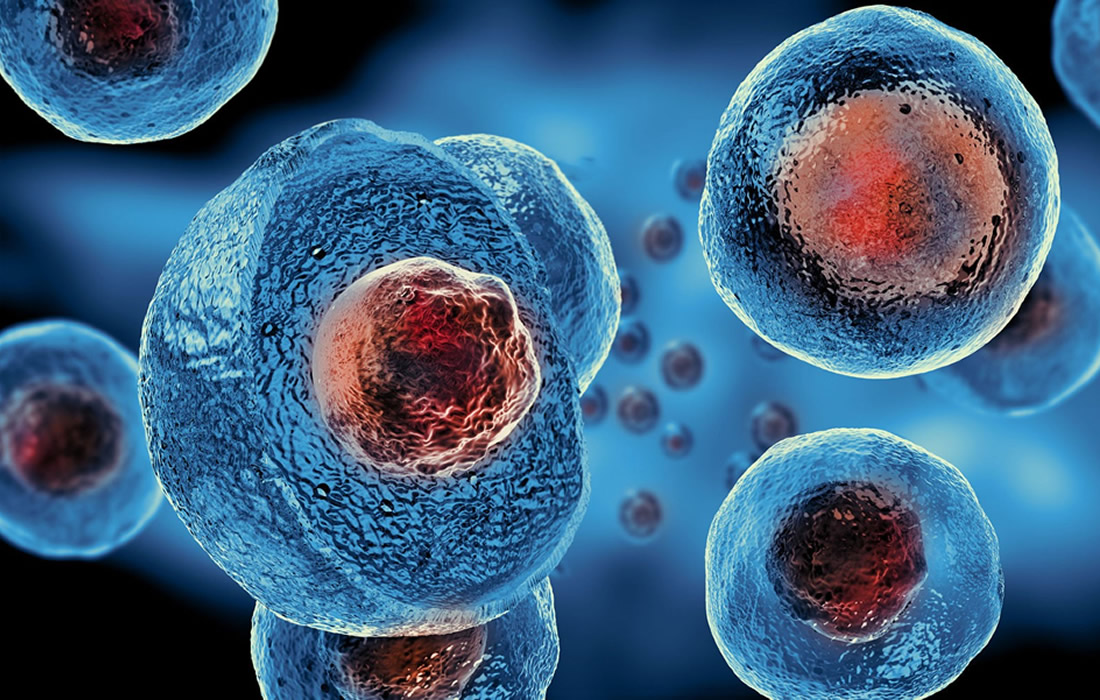Regenerative Medicine News and General Information
What are Stem Cells and Regenerative Medicine?
Stem cells are undifferentiated cells that are present in the embryonic, fetal, and adult stages of life and give rise to differentiated cells that are the building blocks of tissue and organs.
In the postnatal and adult stages of life, tissue-specific stem cells are found in differentiated organs and are key in repairing any type of damage to the organ.
The major characteristics of Stem Cells are:
- Self renewal: the ability to extensively proliferate.
- Clonality: the ability to form other cells derived from the same cell.
- Potency: the ability to differentiate into different cell types.
These abilities differ between stem cells. Embryonic stem cells derived from the blastocyst (structure formed in early development of mammals) have a greater ability for self renewal and potency compared to stem cells found in adult tissues which are limited and can only differentiate into tissue specific cells.
Regenerative Medicine
It may be defined as the process of replacing or regenerating human cells, tissues or organs to restore or establish normal function. This field holds the promise of regenerating damaged tissues and organs in the body by replacing damaged tissue or by stimulating the body’s own repair mechanisms to heal tissues or organs
Regenerative medicine is a major focus of research not only to find new therapies but to understand basic biology and the pathogenesis of different diseases.
Classification of Stem Cells
Stem Cells can be classified based on their differentiation potential or based on their origin:
Differentiation potential:
- Totipotent or omnipotent: are the most undifferentiated cells and are found in early development. They are the ones that form the embryo and placenta.
- Pluripotent: these cells are able to differentiate into cells from 3 germ layers, ectoderm, endoderm and mesoderm- from which all tissues and organs develop.
- Multipotent: they are found in most tissues and differentiate into cells from a single germ layer. Mesenchymal Stem Cells are the most recognized multipotent cell. They can be derived from different tissues including bone marrow, adipose tissue, bone, wharton’s jelly, umbilical cord blood or peripheral blood. These types of cells are the ones that are mostly used in Regenerative medicine.
- Oligopotent: they are able to self-renew and form 2 or more lineages in a specific tissue. Hematopoietic Stem cells are the best example as they can differentiate into both myeloid and lymphoid lineages.
- Unipotent: these cells can self-renew and differentiate into only one cell type. An example are the type of cells present in the lung (pneumocytes type II that give rise to the type I pneumocytes).
Origin:
- Embryonic Stem Cells: they are pluripotent, derived from the inner cell mass of blastocyst (a stage of the embryo 5 to 6 days after fertilization).
- Fetal and Adult Stem Cells: derived from adult tissue. Examples include Mesenchymal Stem Cells as well as stem cells derived from placental tissue, such as human amnion epithelial cells. They have been shown to be anti-inflammatory and have augment repair capabilities.
- Tissue Resident Stem Cells: they reside in a “stem cell niche”. The stem cell niche is a microenvironment that controls the self-renewal and differentiation of these cells. The majority of them are dormant but are activated by specific signals during tissue injury.
- Induced Pluripotent Stem Cells: they are produced from adult somatic cells and genetically programmed.
Stem cells are an important tool for understanding the regenerative capacity of our body. Their study is helping to have a better understanding of the pathogenesis of various diseases. But their most important potential is their ability to replace damaged tissues and to even regenerate organs.
Source: Kolios G, Moodley Y. Introduction to stem cells and regenerative medicine. Respiration. 2013;85(1):3-10.
Source link: https://pubmed.ncbi.nlm.nih.gov/23257690/

